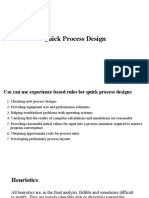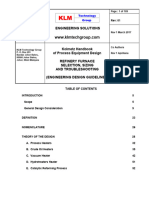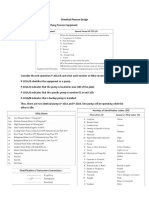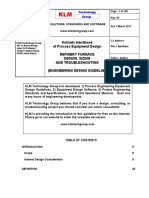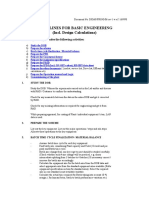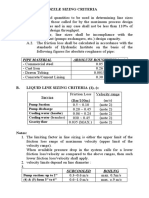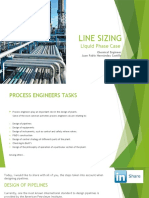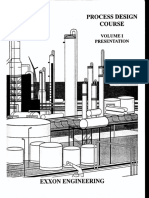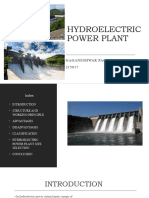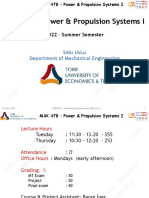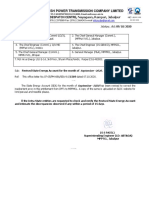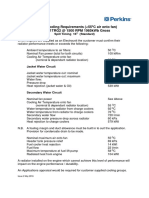0% found this document useful (0 votes)
89 views4 pagesThumb Rule For Process Engineer
The document outlines essential thumb rules for process engineers, covering key areas such as piping and flow, heat exchangers, reactor design, pumps, storage, and utilities. It provides specific velocity ranges for liquid and gas lines, overall heat transfer coefficients for heat exchangers, sizing rules for reactors and pumps, and guidelines for storage tank dimensions. Additionally, it emphasizes the importance of efficiency and safety margins in various process engineering applications.
Uploaded by
rh6332429Copyright
© © All Rights Reserved
We take content rights seriously. If you suspect this is your content, claim it here.
Available Formats
Download as PDF, TXT or read online on Scribd
0% found this document useful (0 votes)
89 views4 pagesThumb Rule For Process Engineer
The document outlines essential thumb rules for process engineers, covering key areas such as piping and flow, heat exchangers, reactor design, pumps, storage, and utilities. It provides specific velocity ranges for liquid and gas lines, overall heat transfer coefficients for heat exchangers, sizing rules for reactors and pumps, and guidelines for storage tank dimensions. Additionally, it emphasizes the importance of efficiency and safety margins in various process engineering applications.
Uploaded by
rh6332429Copyright
© © All Rights Reserved
We take content rights seriously. If you suspect this is your content, claim it here.
Available Formats
Download as PDF, TXT or read online on Scribd
/ 4


